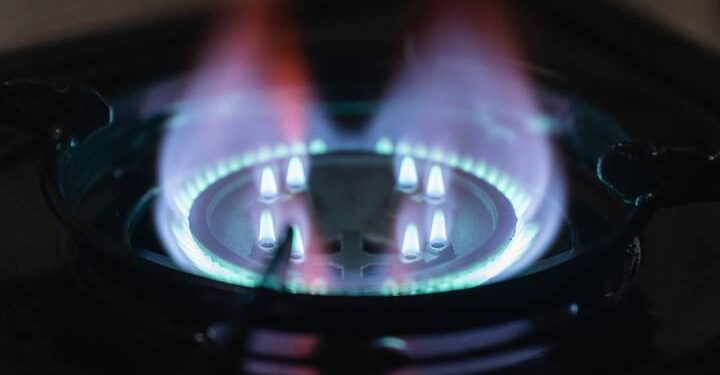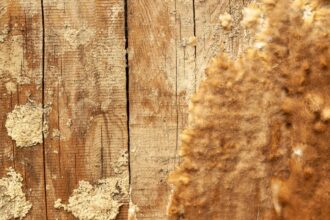Best Tips for Cooking with Propane Indoors

Indoor propane cooking offers many advantages. It provides energy conservation, dependability, and the ability to prepare meals during power outages. It accommodates diverse cooking requirements, from everyday meal creation to emergency culinary situations. You can do a lot with a propane stovetop, allowing your culinary flair to shine.
As with any cooking fuel, there are safety precautions for propane. Here are some tips for cooking with propane indoors.
Propane Burner Flame
Monitor your propane burner’s flame, as the colour matters. Typically, a blue hue represents a normal, healthy flame. However, if you notice a yellow flicker, it implies a loss of energy. Consistent yellow flames indicate that maintenance or repair is needed.
Contrary to popular belief, a roaring flame when cooking with propane won’t speed up the process. Instead, it results in excess propane consumption. Focus on utilizing the lowest possible flame while cooking. Contemporary cookware features impressive conductivity and retains heat well.
Cooking Tips
Like with any gas, propane cooking can develop hot spots. Rotate the tray or pan at least once to ensure food bakes evenly throughout its baking. Rotate trays between racks if cooking on more than one rack.
In addition, ensure the oven door seal is secure. There should be no tears or gaps for heat to escape from. Also, always look at your food cooking through a clear, clean window instead of opening the range door to check. This way, you retain heat and don’t have to spend more fuel to keep the temperature in the correct range.
Refrain from using dark metal cookware when cooking with propane. Instead, opt for glass, silicone, or light-coloured metal alternatives. Dark metal bakeware in a propane oven is notorious for burning food due to its heightened heat absorption. This accelerates the cooking process and intensifies the heat. Stick with glass and light-coloured metals to avoid mishaps.
Appliance Tips
For those looking to upgrade their cooking appliances, contact a skilled professional. They can handle the conversion process safely. The expert has knowledge about appliance compatibility, safety measures, and compliance with local guidelines. In addition, they meticulously check for any leaks or potential issues related to the propane system. Their expertise is essential for maintaining a safe and efficient propane-powered kitchen.
Adequate Ventilation
When cooking with propane indoors, it’s crucial to have appropriate ventilation for safety. A stove with an open flame produces exhaust, which must be removed from the space to prevent dangerous fumes from lingering. Proper ventilation draws exhaust out and replaces it with clean air, creating a safer environment.
An exhaust hood is a mechanical device above your propane stove or cooktop. Its primary purpose is to eliminate airborne impurities from the kitchen atmosphere, such as tantalizing aromas, grease droplets, and combustion residues. It is a crucial kitchen equipment when using propane for cooking. The exhaust hood eliminates odours, heat, grease, and other hazardous gases, creating an ideal environment for culinary endeavours.
When an exhaust hood is not accessible, use alternative ventilation methods to ensure indoor air quality. Opening a window is wise, especially in summertime. It encourages fresh air flow and dilutes harmful fumes. It helps circulate fumes out of your home without an exhaust fan.
Safety Measures
Do not use your propane stove if you see damage to the valve and controls, hose connections, or stovetop burners and fuel ports. These warning signs may suggest a leak if you cook with propane. To ensure safety, have a professional repair the damage before using the appliance.
Storing a propane tank indoors is highly inadvisable. Potential propane leaks can catch people off guard, leaving them unnoticed for extended periods. Instead, place your propane tank outside and connect it to your home through a hose. This setup is ideal for permanent propane cooking in your home.
Leak Detection
Be mindful of propane gas leaks. Although propane emits a smell, you may not know leaks that occur when you’re away from home or in another room. Install both a propane gas detector and a carbon monoxide detector in your living space, alerting you to potential leaks or buildups. They have built-in audible alarms that activate upon sensing propane gas at or exceeding a specific concentration level. Knowing that potential leaks won’t go unnoticed, you’ll gain peace of mind.


